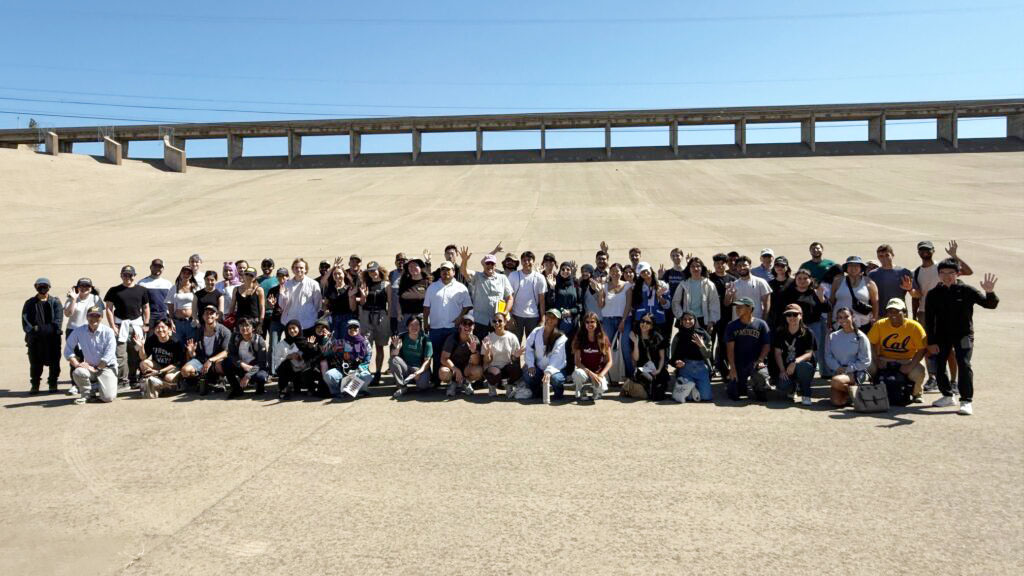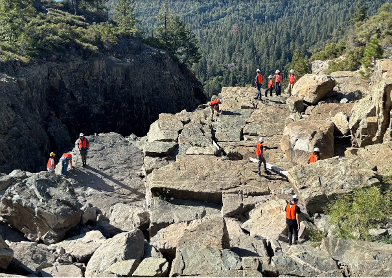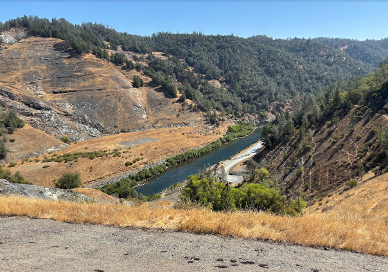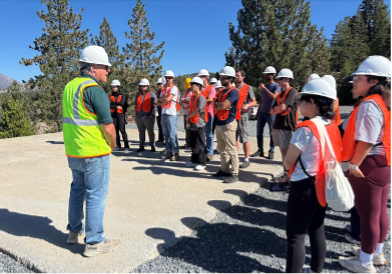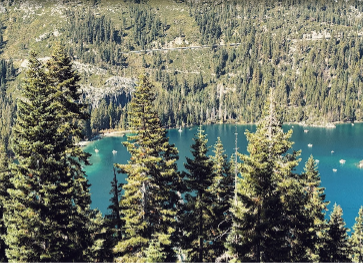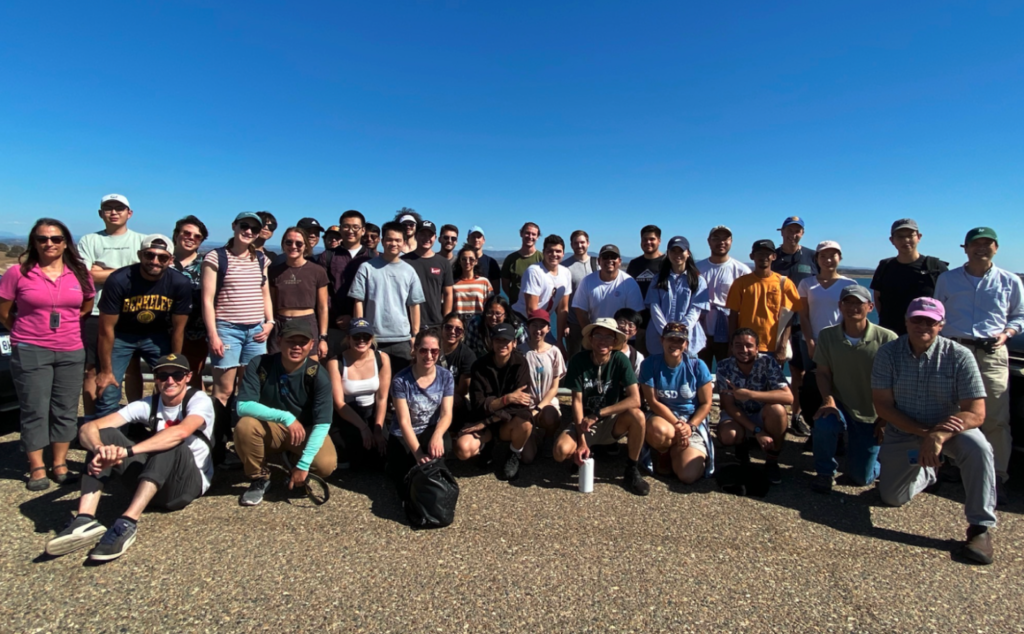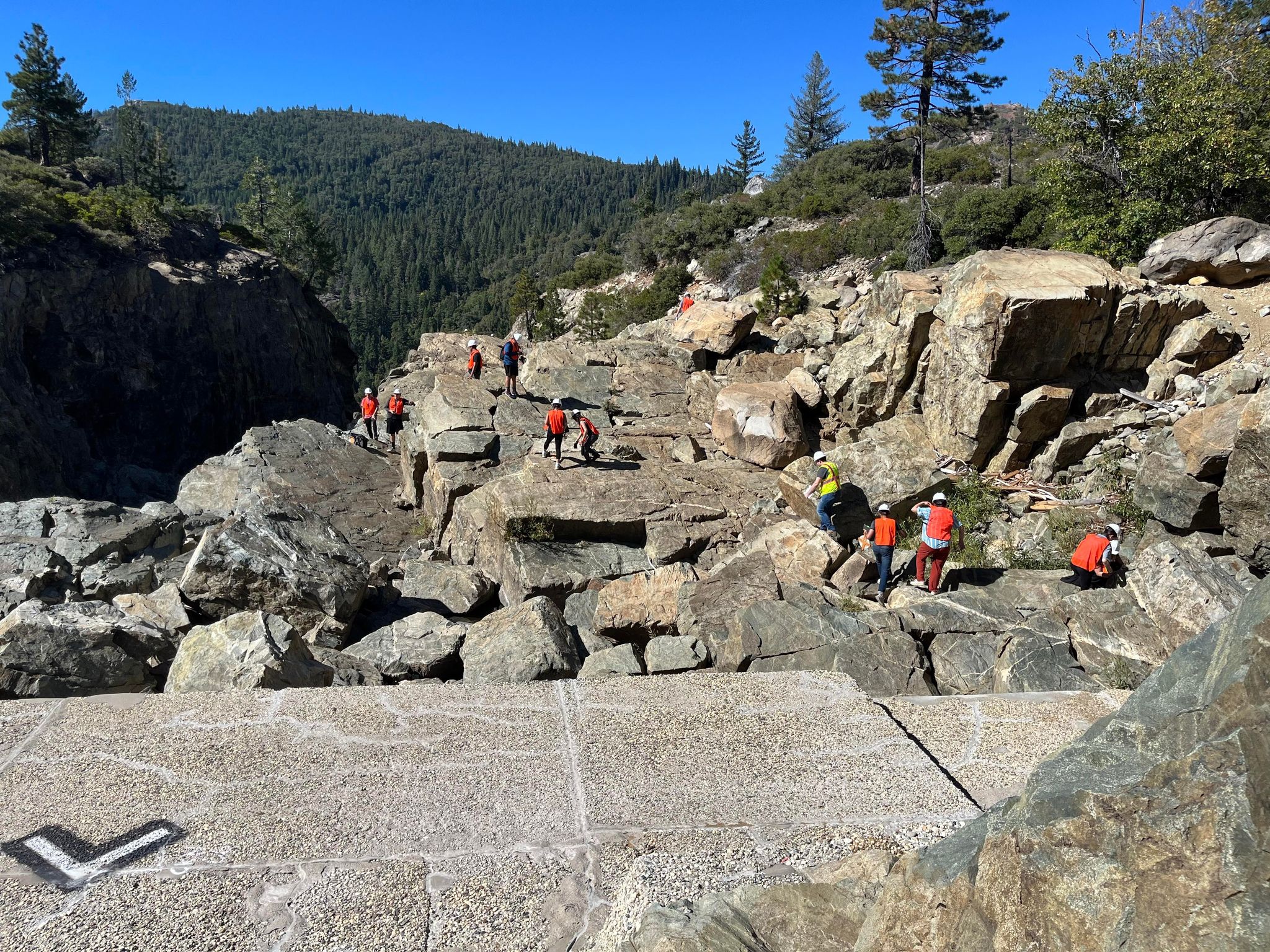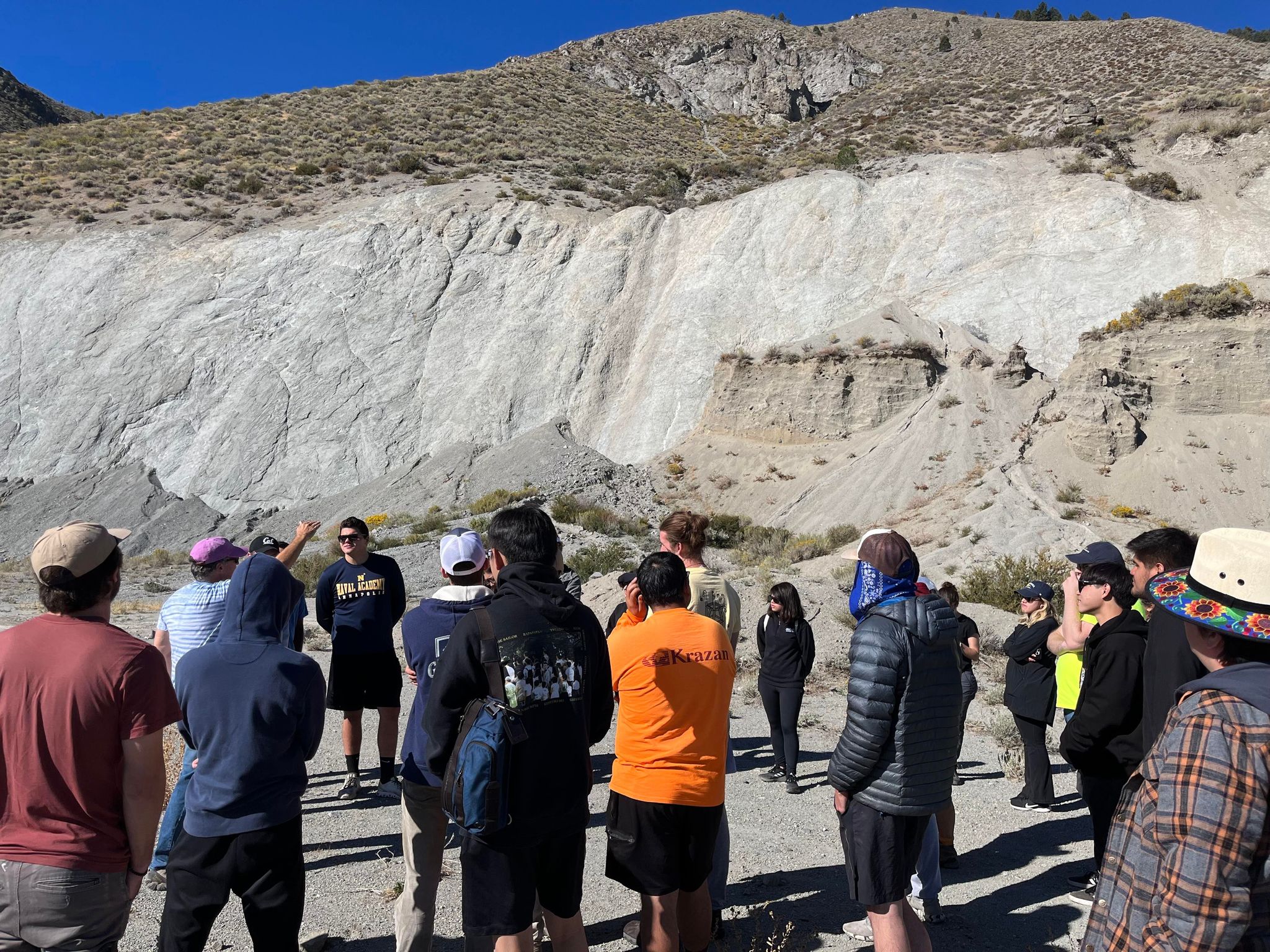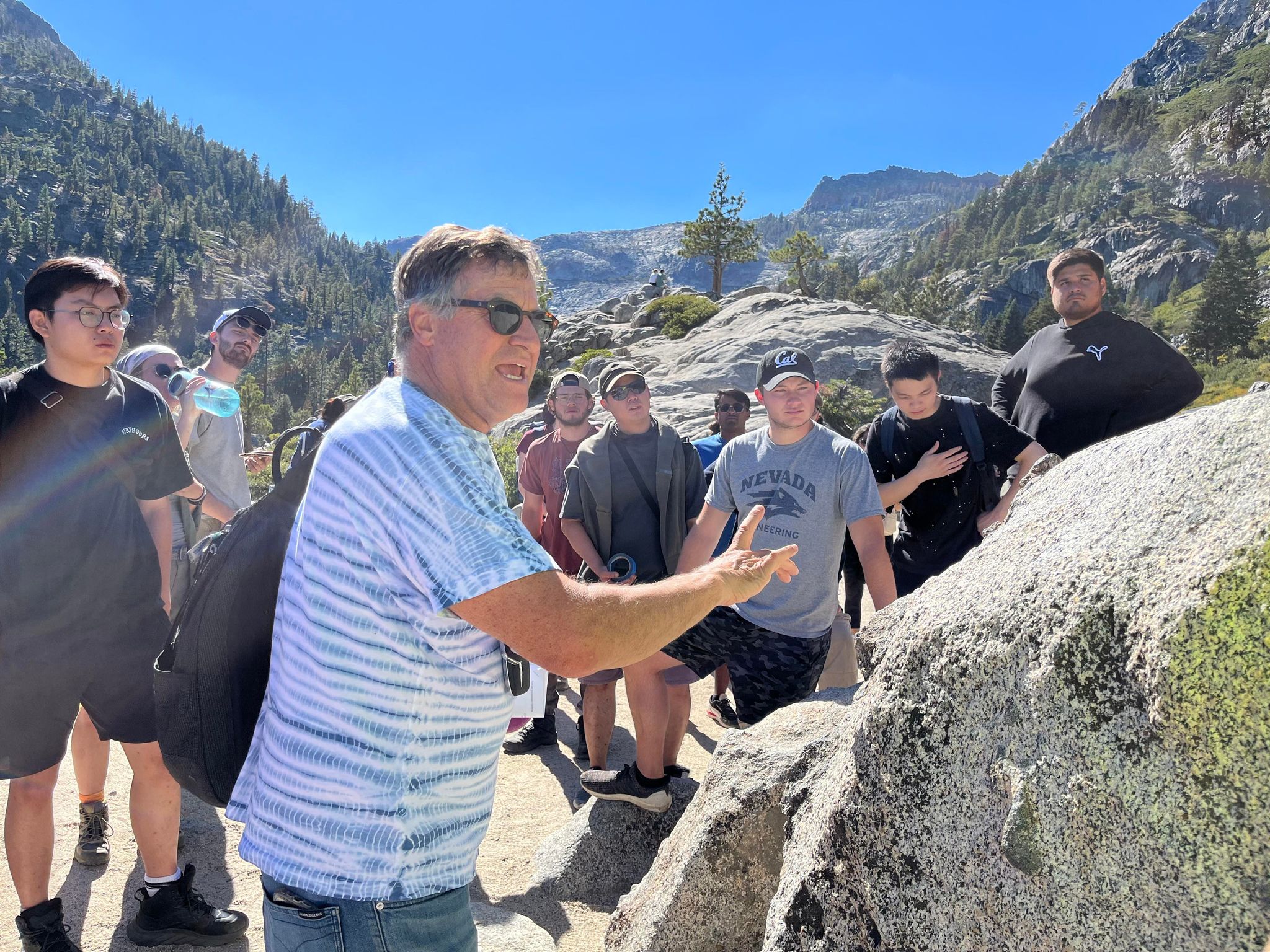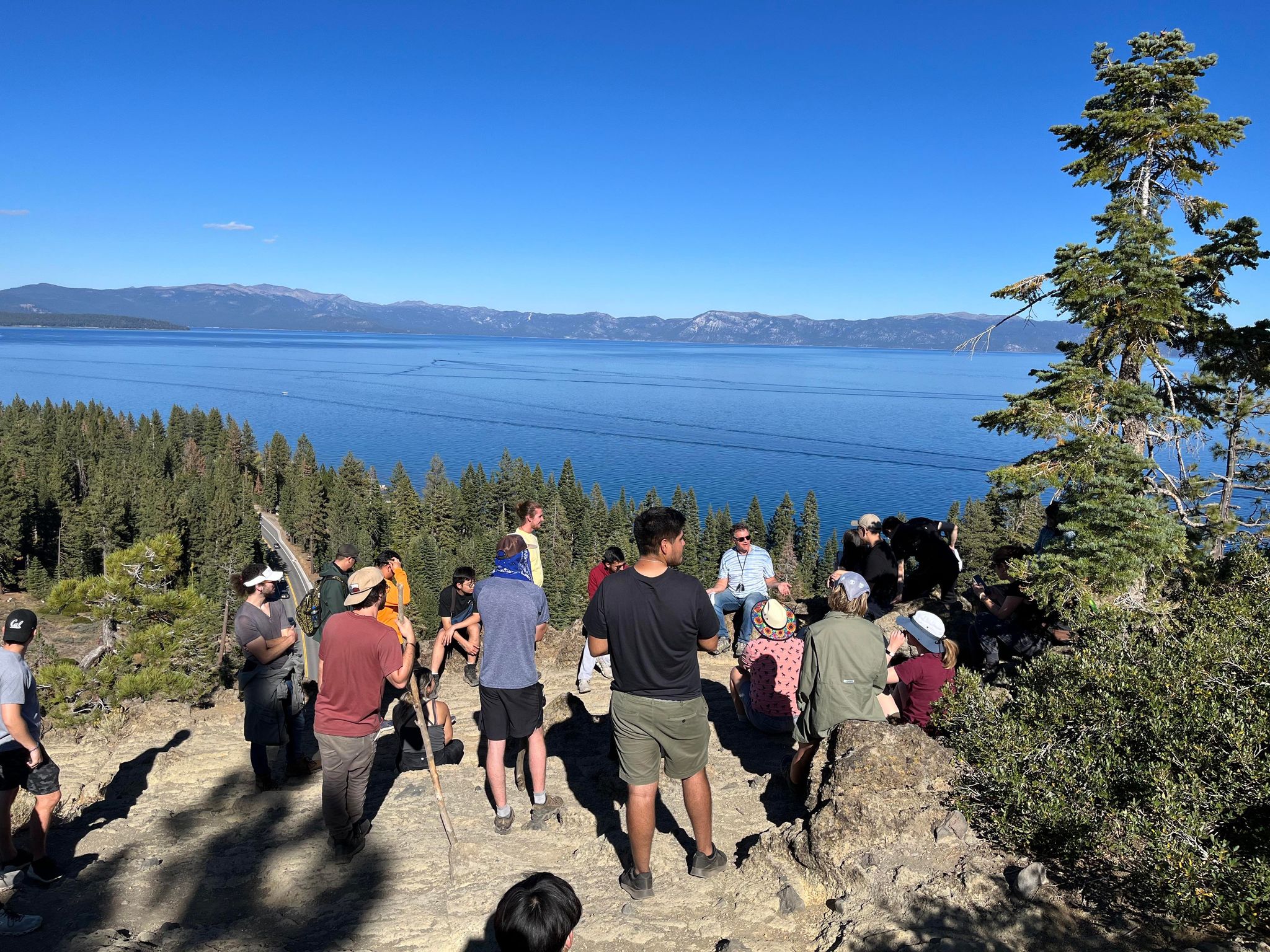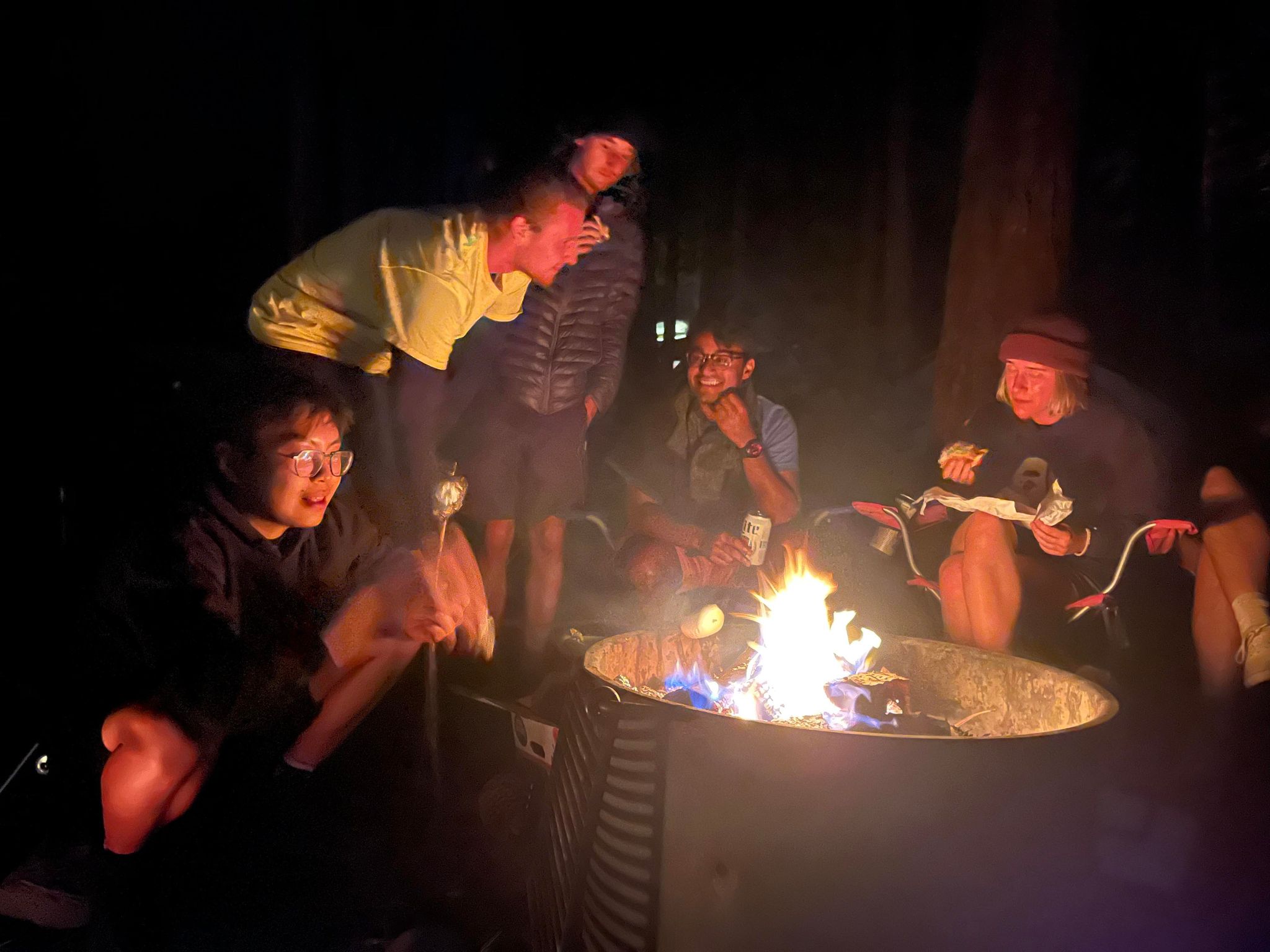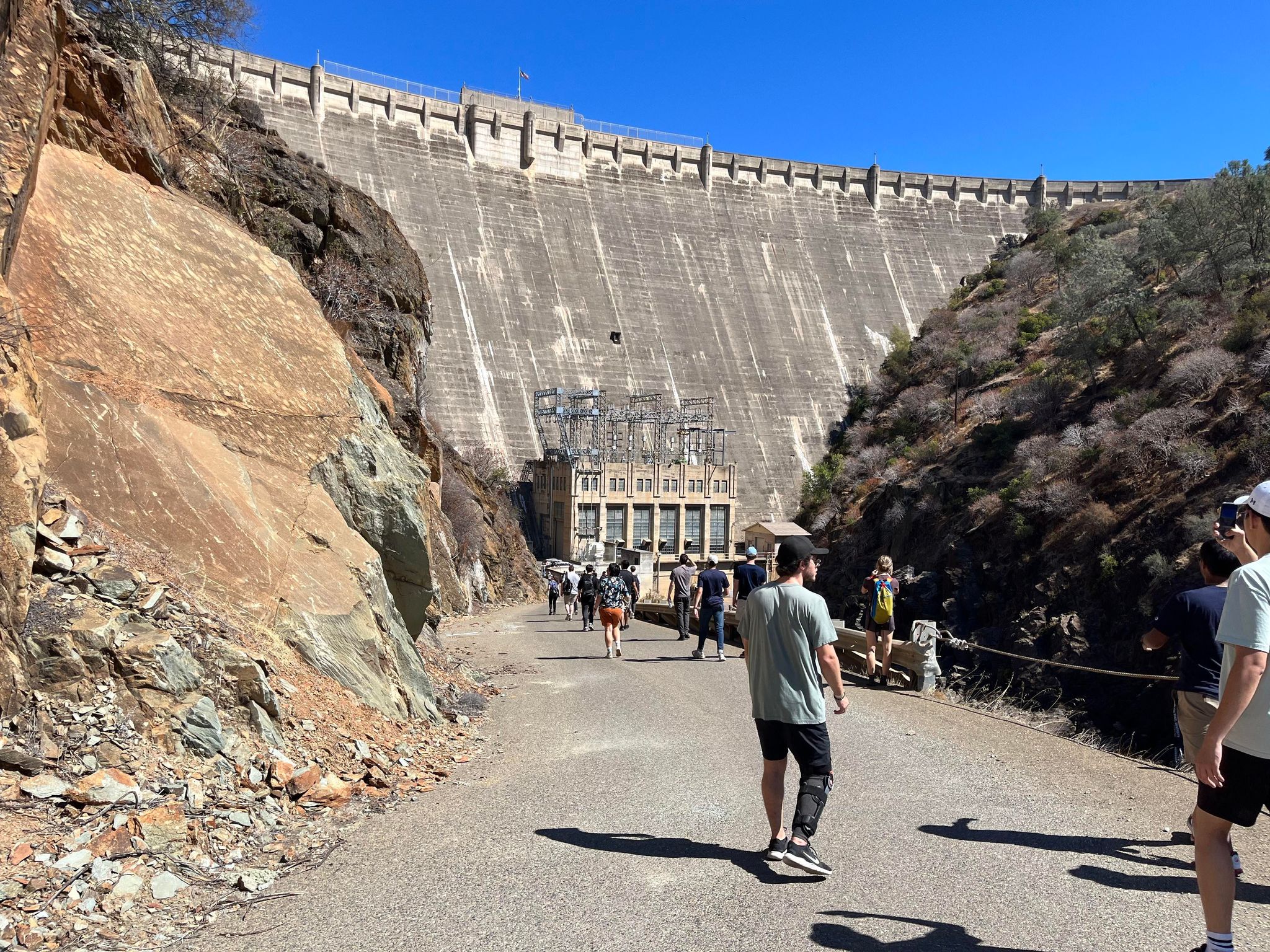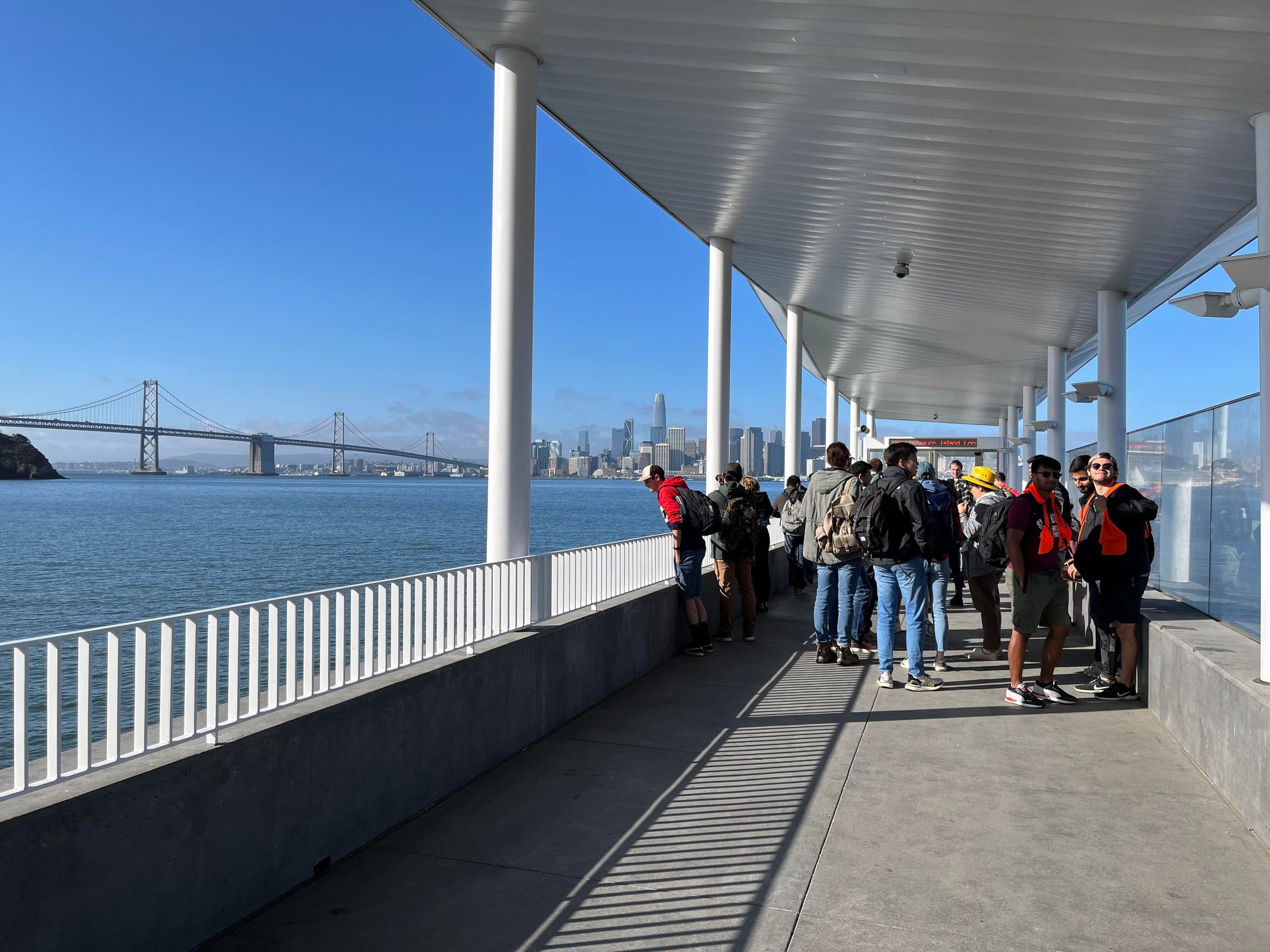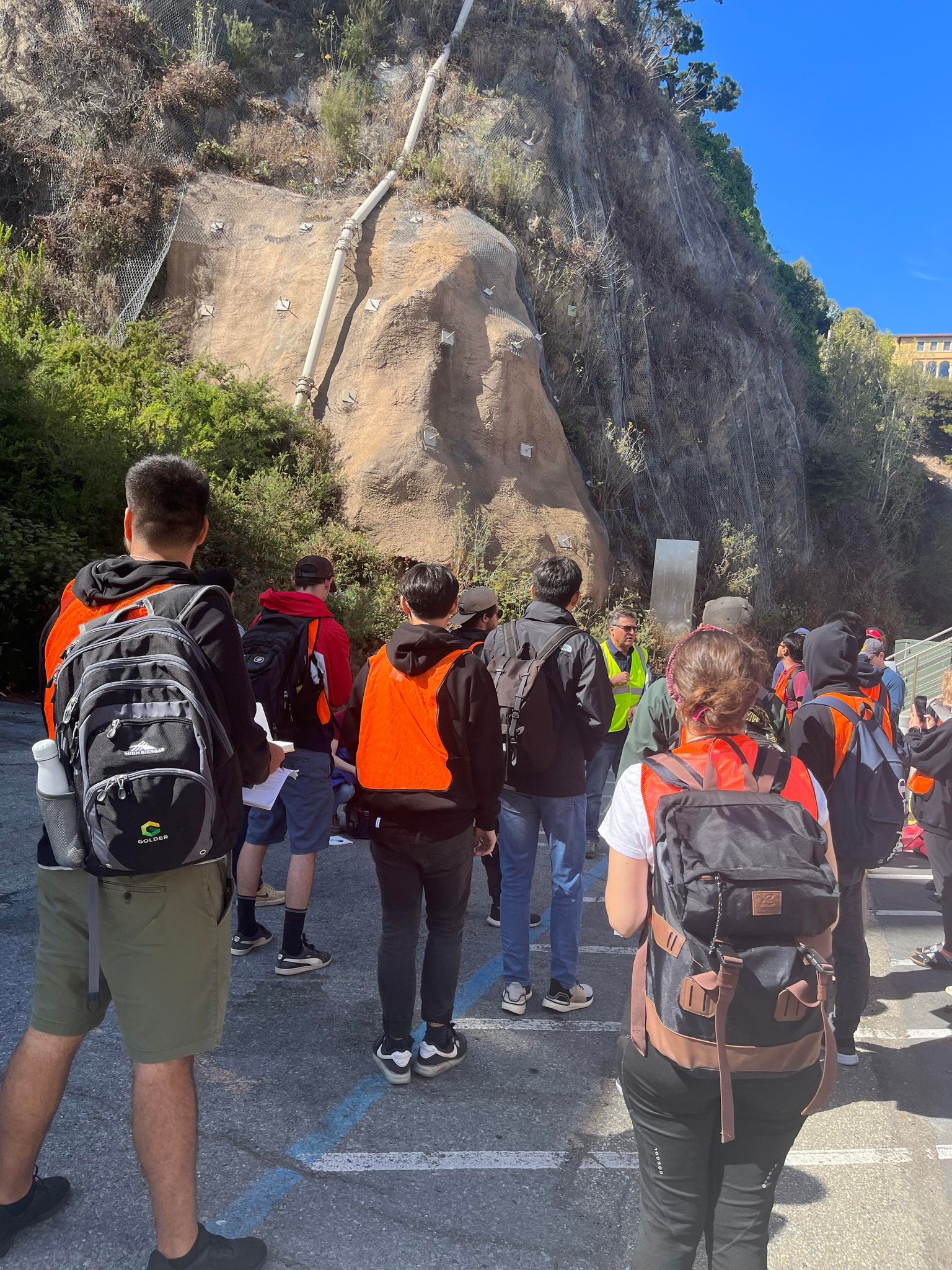As part of our new monthly webinar series on "The Future of Infrastructure, Today!" we are pleased to announce the following webinar:
Title: Introducing the Berkeley Center for Smart Infrastructure
Speaker: Kenichi Soga, Professor, UC Berkeley, Director of the Center for Smart Infrastructure
Registration Link
Webinar leaflet
Description: Many infrastructure assets are designed for a service life of 100 years, even with deterioration due to material degradation, extreme temperature, and external loads. But deterioration can accelerate because of poor design or workmanship, construction problems, unforeseen stressors, and inadequate maintenance and repair. Ideally, infrastructure should be designed to both meet immediate needs and be adaptable to future demands throughout its lifetime. Past design philosophy, however, was based on current demand prediction, creating a substantial risk that the infrastructure will be inadequate or obsolete before the end of its expected period of operation. In addition, the covid-19 pandemic changed infrastructure demands as teleworking continues to transform residential and travel patterns. Adopting new mobility platforms and increasing automation and electrification will affect future infrastructure.
Adaptation is no longer a choice but a requirement for sustainable living. Infrastructure must adapt to changes and threats that are here now. The need to improve the capability to predict, design for, and manage the life expectancy of infrastructure calls for smart infrastructure engineering with the sustainability, resilience, and equity of communities at its center. How can the built environment be rehabilitated or created so that future generations benefit from smart infrastructure? The talk will discuss the opportunities of emerging technologies to address these questions and the role of the new Berkeley Center for Smart Infrastructure can make to transform the way we design, build, maintain and reuse our infrastructure.
This event is sponsored by

About the Webinar Series: The “Future of Infrastructure Today!” is a monthly webinar series under the Auspices of the UC Berkeley Center for Smart Infrastructure (https://smartinfrastructure.berkeley.edu/ ).The webinar series aims to feature the latest scientific, technological, and computational advances in the field of infrastructure that are poised to have an impact in the infrastructure field, amplify forward-thinking ideas, and promote research advances, global education, and integration with the infrastructure industry. An explicit goal of the webinar is to bring together a synergistic community of stakeholders, engineers, community leaders, contractors, and the tech industry with the goal to achieve truly resilient, sustainable, and equitable communities.
